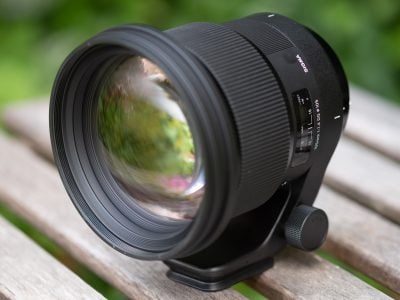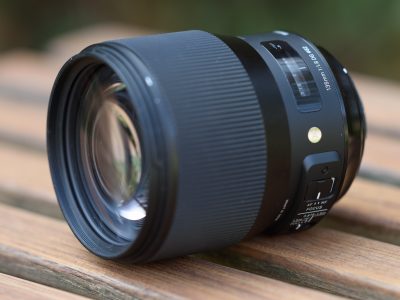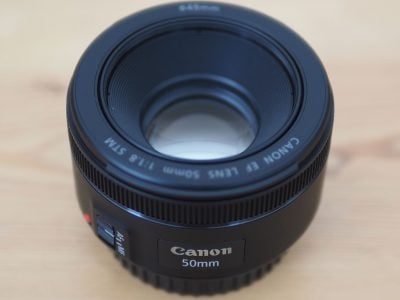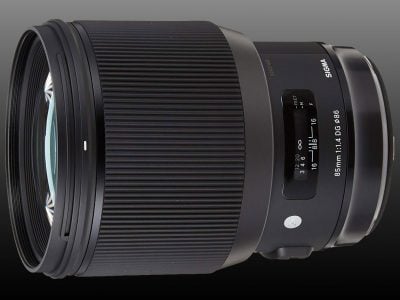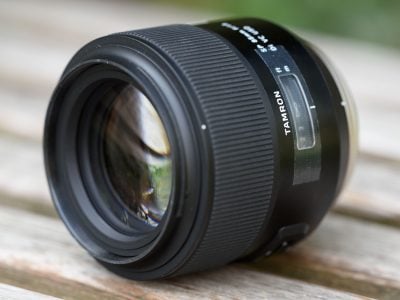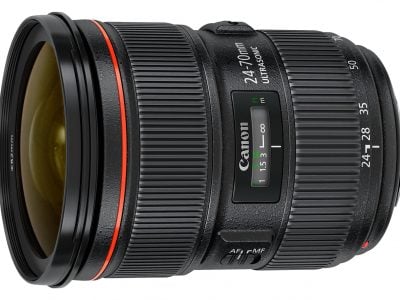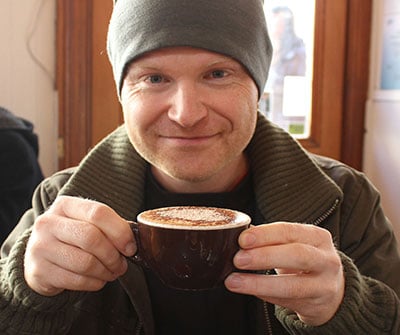Best Canon Portrait Lenses
The classic portrait shot places a flattering view of the subject against a blurred background. This is very easy to achieve with the right lens and all the models below will do the trick.
The key behind a blurred background is having a lens with a large aperture, indicated by a small f-number. The best portrait lenses have an f-number of 2.8 or smaller, and the lower this figure, the more blurred you can make your background. Lenses with smaller f-numbers also gather more light which makes them ideal for taking photos in dim conditions without resorting to flashes or increasing the camera’s ISO sensitivity.
The flattering view is achieved with a lens sporting a slightly magnified view, which typically means having an equivalent focal length of between 70 and 135mm. Shorter focal lengths can give unflattering results with single-person portraits, although are ideal for group shots, while longer ones force the photographer further from the subject, although this may be preferred for discreet, candid shots. Longer focal lengths also accentuate the blurred background effect. A zoom lens which includes both wide angle and short telephoto will be ideal for events like weddings where you need to capture groups and single person shots.
Almost every photographer will benefit from having a good portrait / low-light lens in their collection and for many it’ll be the second lens they’ll buy. Large aperture lenses can be expensive, but there are a few exceptional bargains. Here are the models I recommend.
PS – remember when mounting any of these lenses on a Canon body with a cropped APSC sensor, the field-of-view is reduced by 1.6 times. That’s why I’ve included the EF 50mm f1.8 STM, as while it’s a little short on full-frame, it becomes equivalent to 80mm on cropped bodies which is ideal for portraits. Also note all of these lenses can be successfully adapted to Canon’s mirrorless cameras, although I’ve also added some native suggestions too.
